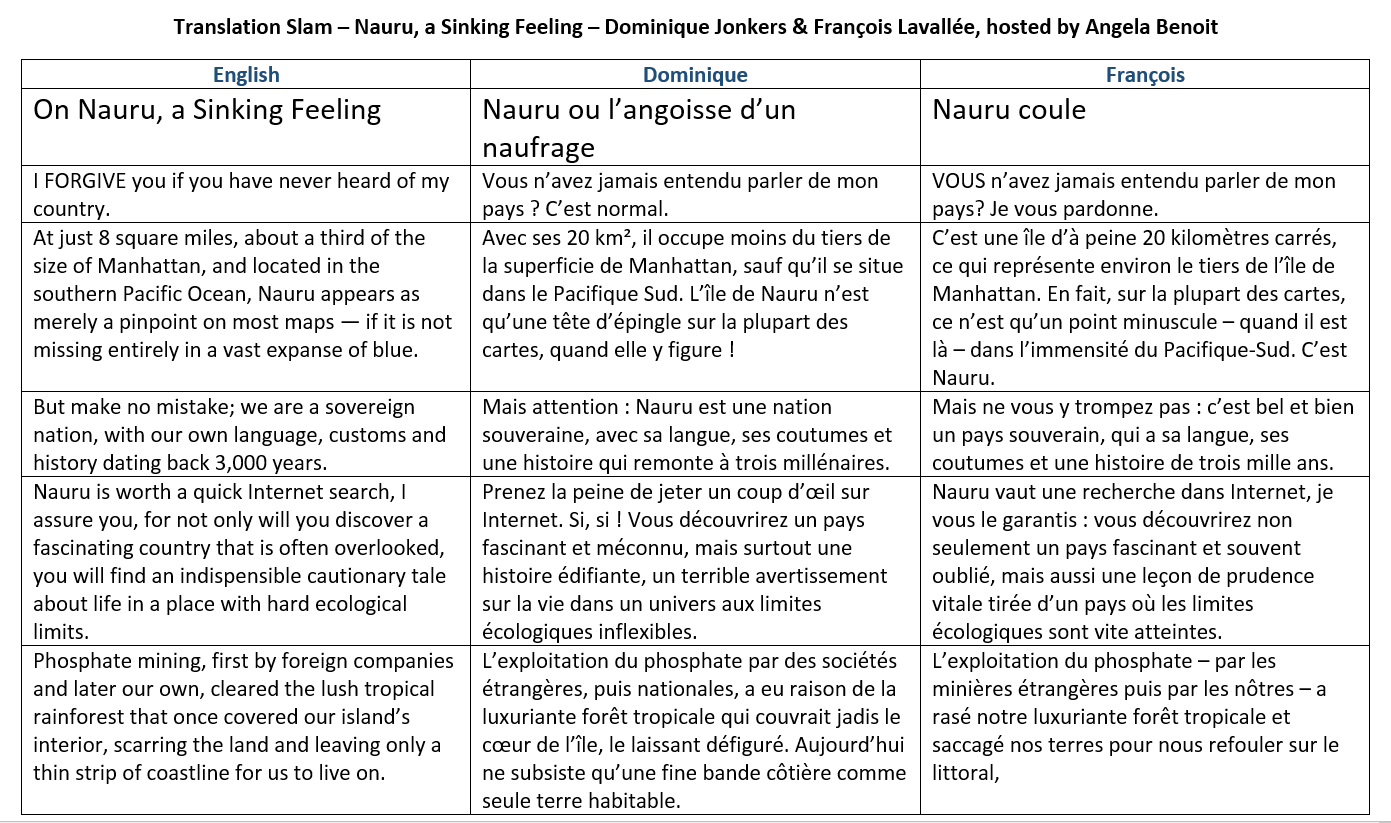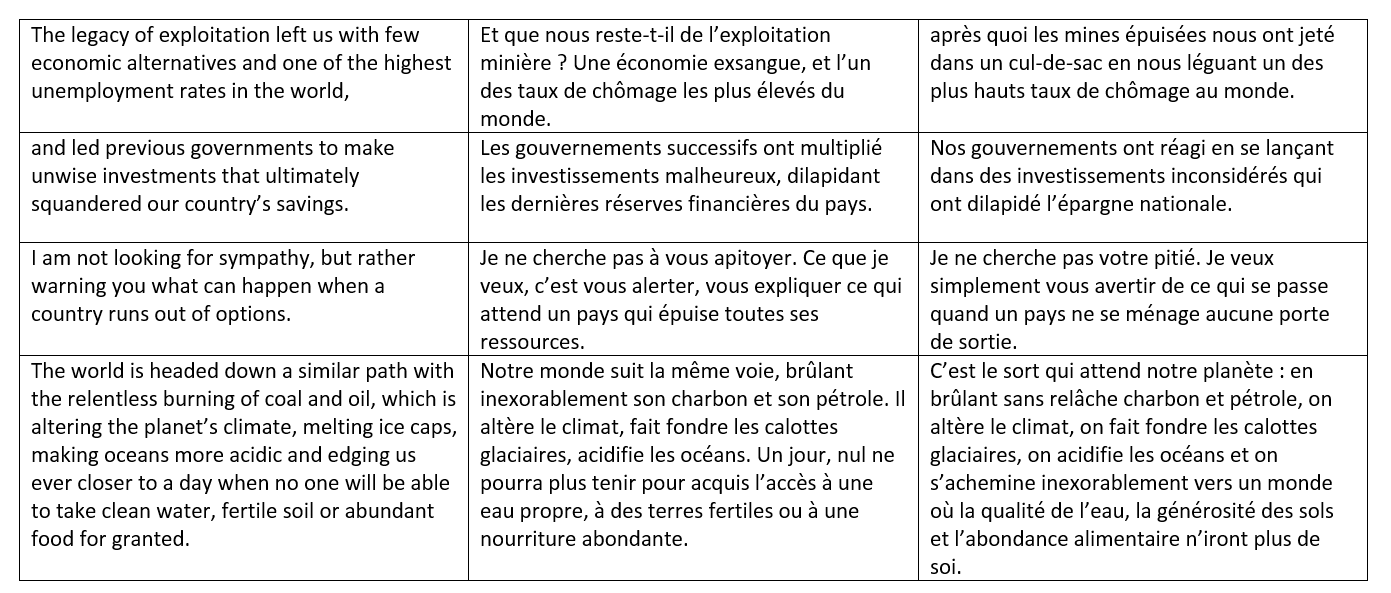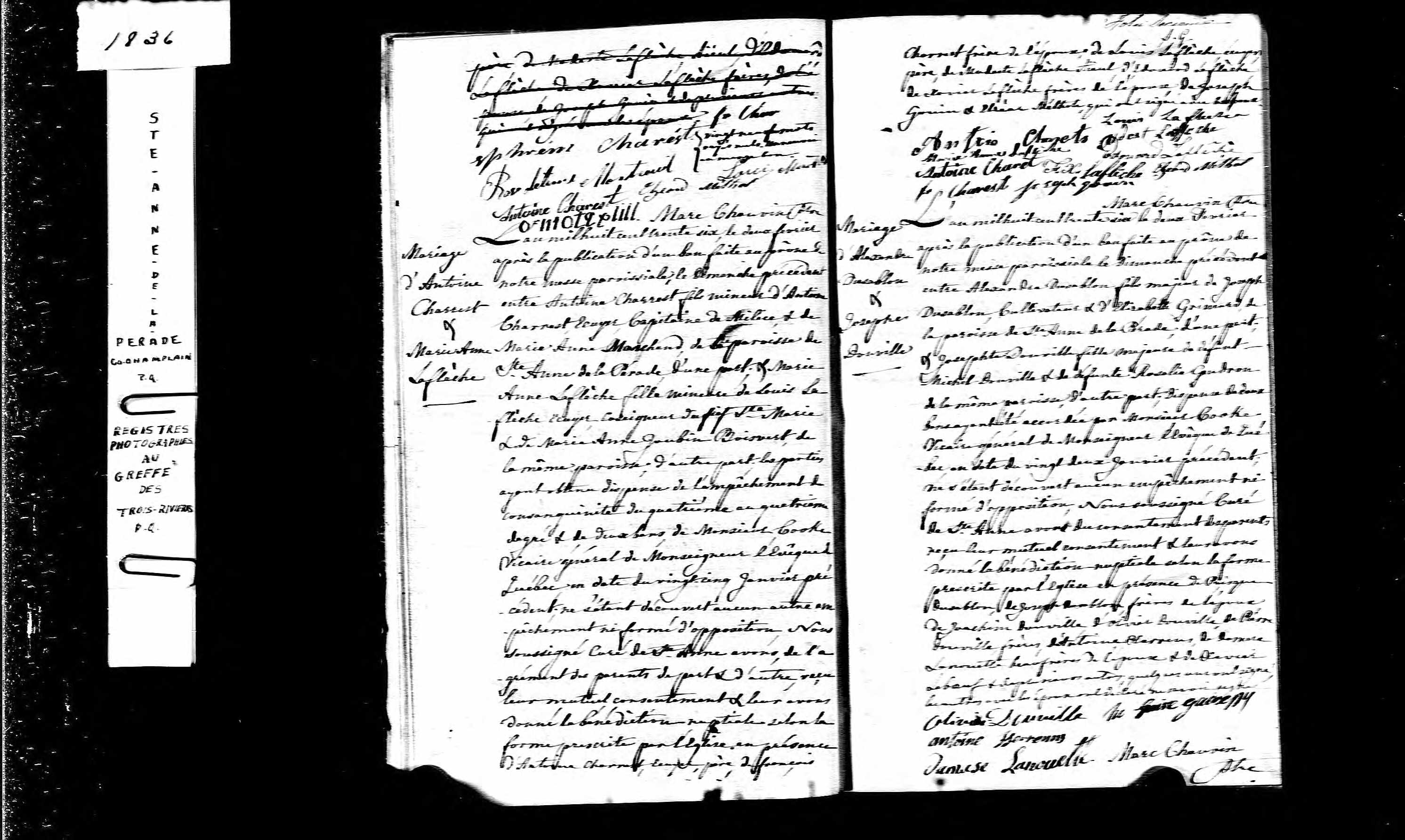
SOAP Notes: Getting Down and Dirty with Medical Translation. A Review of Erin M. Lyons’ presentation given at the 56th American Translators Association conference on November 5, 2015, in Miami, FL.
I attended this session out of personal interest as I used to do quite a bit of French/Italian to English translation of medical and hospital records early on in my career. However after some years I found that I preferred pharmaceutical translation which includes a wide variety of texts such as: informed consent forms, investigator brochures, clinical drug trials, packaging and labeling, and instructions for use, to name a few. I guess you could say I followed the advice of many ATA presenters over the years urging newbies to find their own niche and to specialize, specialize, specialize…
Erin Lyons, also a French/Italian to English translator, specializing in the area of medical and life sciences translation, gave a very thorough and quite captivating presentation on the nuts and bolts of the SOAP (Subjective, Objective, Assessment, Plan) format used by doctors and how to better make sense of the scribbled notes, acronyms, abbreviations and unique language found in medical charts, lab reports and the like. Her stated objective was to help translators replicate the style and voice of healthcare professionals in their medical translations. In my opinion, she totally succeeded in accomplishing this goal.
She began by clarifying exactly what a SOAP note is and showed the audience a visual display of a typical medical record and its various sections therein: the subjective, objective, and assessment sections and the last section containing the doctor’s plan and the recommended next steps to follow.
The Subjective section contains the patient’s main complaint or a history of the current illness. In other words, it lays out the primary reason the patient is seeing the doctor or why the patient is in the hospital. Doctors endeavor to gather and record as much subjective information as possible in this section such as the illness’ onset, character, severity, duration, location, aggravating factors, etc.
The Objective section contains the information gathered by the doctor through observation or measurement primarily of the Vital Signs (height, weight, temperature, BP), or by performing a physical exam, lab tests, and recording any of the patient’s prescriptions.
The Assessment section contains the medical diagnosis and includes all possible and likely etiologies (causes) of the illness.
The Plan section contains the next steps to take per the doctor’s recommendation and may include the ordering of additional lab tests, radiological work-ups, referrals to specialist doctors, future appointments, patient monitoring, etc.
After that initial overview, Erin delved into the nitty gritty of the actual phraseology and terminology encountered in a SOAP note and the necessity of researching correct usage so as to best render the sentence and/or word into the target language. (In her example, the source language was French and the target was English). Erin gave attendees a very useful tip by providing the link to an incredible website: https://www.cms.gov/medicare-coverage-database/staticpages/icd-10-code-lookup.aspx where we can obtain the exact medical wording/terminology for almost any medical condition by entering a medical code or keyword in the search box. For example, from my home computer, I entered the word pulmonary in the search box and obtained a complete list of pulmonary-related ICD-10 Codes1 and their precise code description. To name a few for the purpose of illustration, pulmonary mycobacterial infection (Code A31.0), idiopathic pulmonary fibrosis (Code J84.112) or congenital pulmonary valve insufficiency (Code Q22.2). This link and resource will save tons of time for the medical translator and was worth attending this presentation in and of itself!
Erin emphasized using the present tense in our translations even though the source may use the past or a mix of tenses and explained the necessity of handling acronyms appropriately as the target audience of our translation may not be a healthcare professional. She suggested we expand acronyms (d/c = diarrhea/constipation) but not attempt to translate the more complex or lengthy acronyms directly as this often results in total gibberish! (I know from personal experience!) She said identifying the type of acronym or abbreviation can help us in the translation process. For example, becoming familiar with Latin abbreviations such as h.s. = hora somni = at bedtime, or inversions of acronyms written in the source language medical report, IRM (French) for MRI (English), etc.
In the middle part of her presentation, Erin gave a review of the body systems which frequently appear in a SOAP note (for example, musculoskeletal, neurological, endocrine, and cardiovascular) and the doctor’s use of specific terminology when dictating or writing ROS (review of systems) notes. She gave attendees another very helpful link with numerous tools for understanding SOAP Notes in general: www.soapnote.org and specifically with regard to deciphering lab tests, a wonderful link to an index of medical glossary terms, conditions and their related lab tests: https://labtestsonline.org/map/gindex
A few final points offered by Erin were to remember to refer to the physician in the third person, even when the first person is used, to be succinct using plain language, not to embellish the text, and to use an appropriate register (formal) and medical terminology (often the Latin cognate). For example, abdomen vs. stomach, renal vs. kidney, thrombus vs. blood clot, etc.
In sum, SOAP notes are intended to improve communication among healthcare providers by using a specific notation system which is structured and organized. This highly structured system can provide the translator with clues on deciphering the medical terminology and acronyms found within the document. Since SOAP notes are universal, Erin advised it would be wise for translators to learn the preferred terminology, acronyms, symbols and shorthand associated with their specific source and language combination.
The link to her complete and very informative presentation can be found at: https://www.slideshare.net/ErinLyons/soap-notes-getting-down-and-dirty-with-medical-translation
1 This refers to the 10th revision of the International Statistical Classification of Diseases and Related Health Problems (ICD), a medical classification list by the World Health Organization (WHO). It contains codes for diseases, signs and symptoms, abnormal findings, complaints, social circumstances and external causes of injury or diseases.
Patrice Van Hyle
Patrice Van Hyle is a freelance translator and interpreter based out of Milwaukee, Wisconsin.
 La Nuit Sacrée, by Tahar Ben Jelloun, is not for the faint of heart. The story begins, “Ce qui importe c’est la vérité,” and the author maintains this principle from beginning to end. Drawing from his experience as a professor of philosophy, the Moroccan writer takes a direct look at the issue of gender inequality from all directions. Naturally, themes of violence, jealousy, love, and hate surface quickly.
La Nuit Sacrée, by Tahar Ben Jelloun, is not for the faint of heart. The story begins, “Ce qui importe c’est la vérité,” and the author maintains this principle from beginning to end. Drawing from his experience as a professor of philosophy, the Moroccan writer takes a direct look at the issue of gender inequality from all directions. Naturally, themes of violence, jealousy, love, and hate surface quickly.



